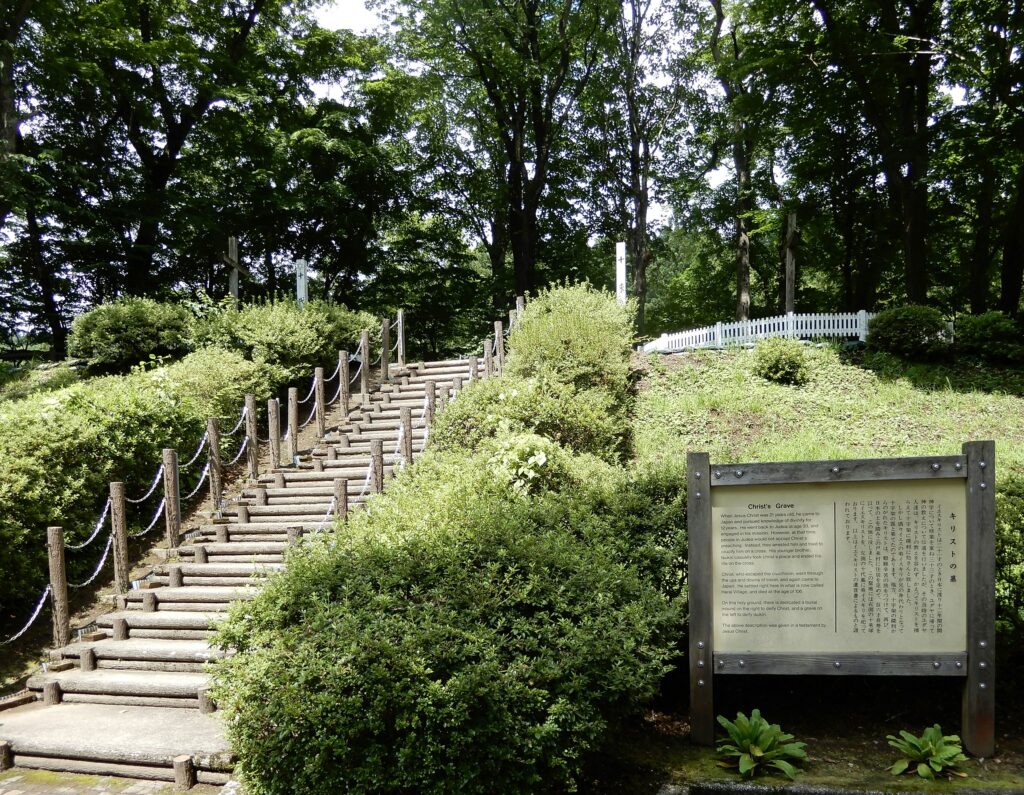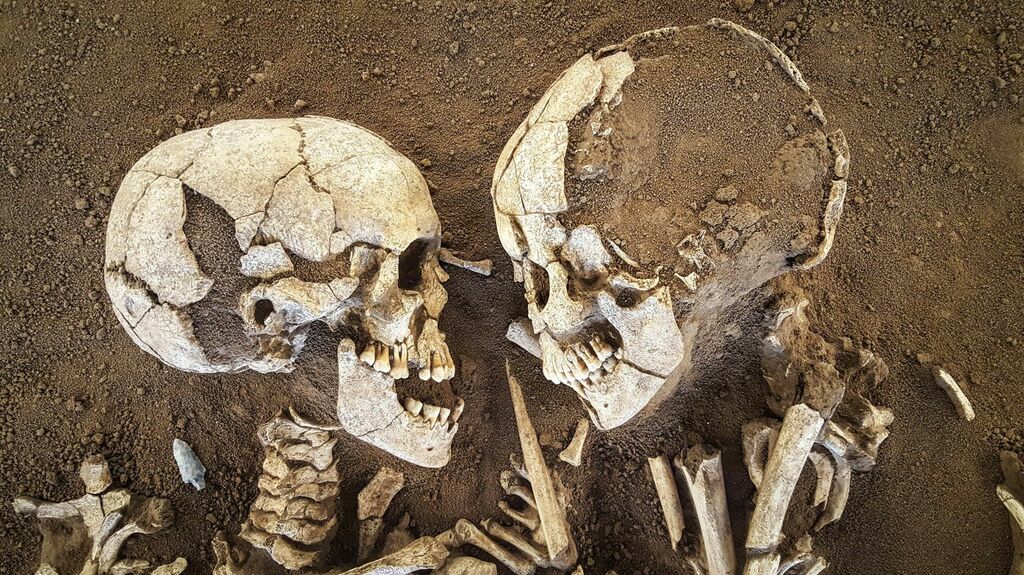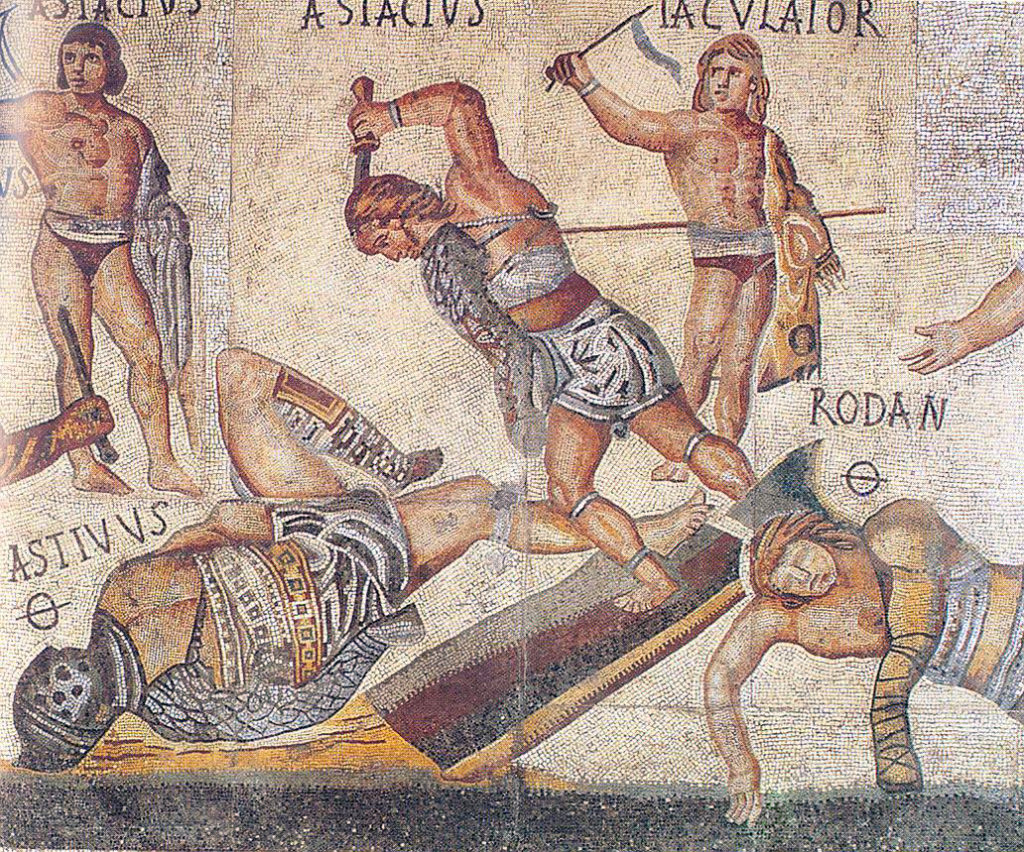According to the Gospel of Luke, three women visited Jesus’ tomb very early on the Sunday morning after his crucifixion. They brought spices with them and were planning to anoint his body before burial.
They were shocked, however, to find that the giant stone that had been used to seal the entrance had been rolled away. Inside, there was no body to be found.
Two men suddenly appeared before them, wearing dazzling clothes. They reminded the frightened women that “the Son of Man must be delivered into the hands of sinful men and be crucified and on the third-day rise.”
The women, no doubt shaken, then went back to the apostles and told them what had happened.
This is the well-known story of Jesus’ resurrection. Yet, for all of its fame, locating the tomb itself has proven to be extremely difficult. Historians, archeologists, and biblical scholars have searched for the tomb for decades, only to come away with theories and speculation.
The question remains: Where is the real tomb of Jesus?

Where Is the Real Tomb of Jesus?
There have been many theories as to where the real tomb of Jesus is located. In the 19th century, archaeologists uncovered the Garden Tomb, an ancient tomb that dates back to the 7th or 8th century BC.
Many Christians, particularly Protestants, believe that this is the real tomb of Jesus.
They believe this because it is located near an ancient highway and a hill resembling a skull. Both of these details are important because, according to the Bible, Jesus was buried near a highway at a place called Golgotha, or “the place of the skull.”
As convincing as this argument may sound, plenty of other people claim the real tomb of Jesus is in the Holy Sepulchre, located in the Old Jewish Quarter in Jerusalem.
The belief that this is Jesus’ tomb goes back to the 4th century AD when Emperor Constantine sent a group of men to the holy lands to identify sacred places.

In Jerusalem, they identified an old Roman temple that Hadrian had built as Jesus’ true burial place. The church of the Holy Sepulchre was built on top of it as a monument.
In 2016, scientists weighed in on the matter by opening up the tomb at the Holy Sepulchre and analyzing the debris found underneath its marble cover.
Based on their data, they believe that the tomb in the Holy Sepulchre could indeed have been the site that Constantine’s men identified as once belonging to Jesus’ body.
The Tomb of Jesus… in Japan?
The Garden Tomb and the Holy Sepulchre are the two most famous possible locations for Jesus’ tomb, and each one attracts hundreds of thousands of pilgrims annually.
Still, there are sites in as far-flung places as Kashmir and Japan that locals claim to be the true tomb of Jesus.
In Kashmir, where the territorial conflict between India and Pakistan continues to this day, a particular shrine has become a popular destination for international visitors.
Those who believe this is Jesus’ true burial place claim that Jesus did not die from his crucifixion and ended up living out his days in Kashmir. Sound far-fetched? That doesn’t stop many tourists from visiting the site every year.
But perhaps the most creative theory has to do with a small village in northern Japan, where the residents claim the true Jesus of Nazareth was married, had three children, and lived to the age of 106.
The village has no churches for 30 miles around it. Yet that doesn’t stop it from advertising itself as Kirisuto no Sato (Christ’s Hometown). Nor does it stop the estimated 20,000 visitors from descending on the town every year.

Inside the Tomb of Jesus
Currently, the site at the Holy Sepulchre is probably the leading candidate as the true tomb of Jesus. For that reason, it was a momentous occasion when in 2016, workers restoring the holy site’s damaged masonry were surprised to find out that further restoration would require them to enter the tomb of Jesus.
No one had entered the tomb since the 16th century. It could only remain open for a short time to maintain its integrity.
Researchers worked ceaselessly for 60 hours to document as much as possible before sealing it up for further restoration.
What did they find? By dating the limestone found in and around a cave found in the Holy Sepulchre, researchers determined that it dates back 1,700 years to around 345 AD.
That means it would have been constructed about 300 years after Jesus’ death, which fits in with historical accounts of when the tomb was built. They also found a limestone bed that could be the place where Jesus’ body once lay, as well as ancient graffiti.
Researchers continue to analyze the walls and debris found within the tomb.
As new techniques and discoveries are made, the story about the tomb of Jesus will become more and more clear.
But only time will tell if the true tomb is ever identified.
Can You Visit the Actual Tomb of Jesus?
Fortunately, you don’t have to be a researcher to gaze upon what is undoubtedly one of the holiest places in the Christian world.
It is free to enter, and despite belonging jointly to the Greek Orthodox, Armenian Orthodox, and Roman Catholic Churches, it is open to anyone who wants to visit.
Although no one is allowed to enter the tomb itself, workers left a small window in the marble through which visitors can see the rock that may have once held Jesus’ body.
Whether or not the Holy Sepulchre is truly where the tomb of Jesus is located, it is still a place that holds fascination and spiritual importance for millions of Christians around the world.
As one pastor pointed out, “The tomb is not important. The Lord is risen. This is the emphasis we try to make.”
If you enjoyed this post, read more about Adam’s “first” wife, Lilith, or the true location of the Garden of Eden.

